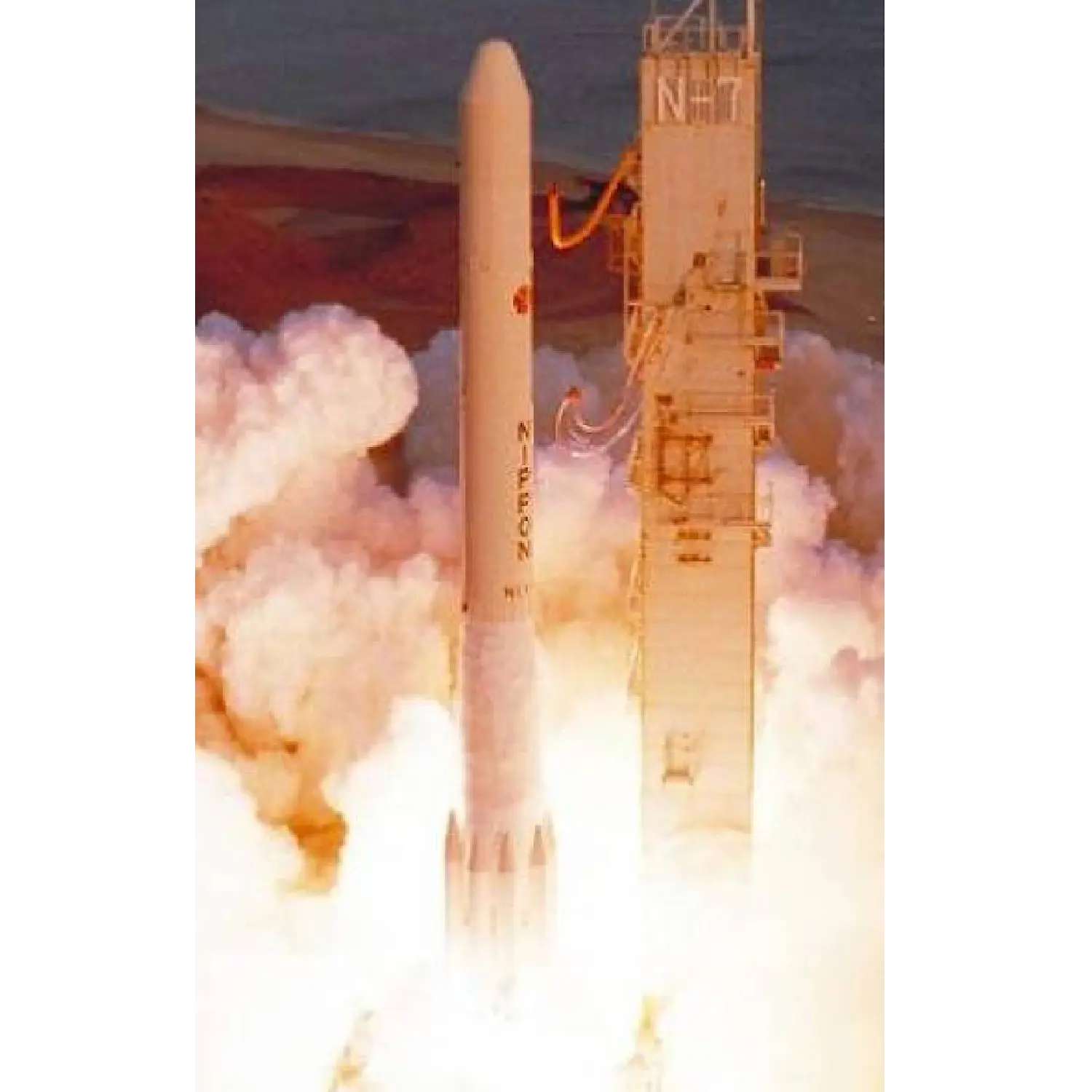/
Himawari 4
Launch Success
Liftoff Time (GMT)
19:11:00
Tuesday September 5, 1989
Mission Details
Launch Notes
First, and last launch of H-I UM-129A (6SO).
Himawari 4
The GMS, also called Himawari, built by Hughes Space and Communications Company (HSC) for Japan have provided uninterrupted monitoring of weather conditions since 1977 over more than 65 million square miles of the Pacific Basin - about one-third of the Earth's surface. The principal instrument on board all satellites in the GMS series is the visible and infrared spin scan radiometer (VISSR), which is produced by Hughes' Santa Barbara Research Center. The spacecraft body carries the VISSR and spins at 100 rpm, while the antennas are despun and remain pointed toward Earth. The spinning motion of the satellite carries the west-east scan. The north-south scan is produced by the VISSR scan mirror, which steps approximately 0.008° with each satellite revolution. Visible spectrum information consists of reflected sunlight and is obtained when Earth's surface is illuminated by the sun. Infrared spectrum information consists of heat radiation from Earth's surface and cloud tops. Since this information contains very little sunlight reflection, it can be obtained day and night. Extremely sensitive detectors, which are kept cold by a radiative cooler, convert Earth's infrared radiation into analog signals.
Geostationary Transfer Orbit
1 Payload
325 kilograms
Rocket


Agency
MHIRocket
Height: 42m
Payload to Orbit
LEO: 3,200 kg
GTO: 1,100 kg
Fairing
Diameter: 2.44m
Stages
3
Strap-ons
6
Launch Site
Stats
H-I
5th
Mission
1st
Mission of 1989
1989
71st
Orbital launch attempt